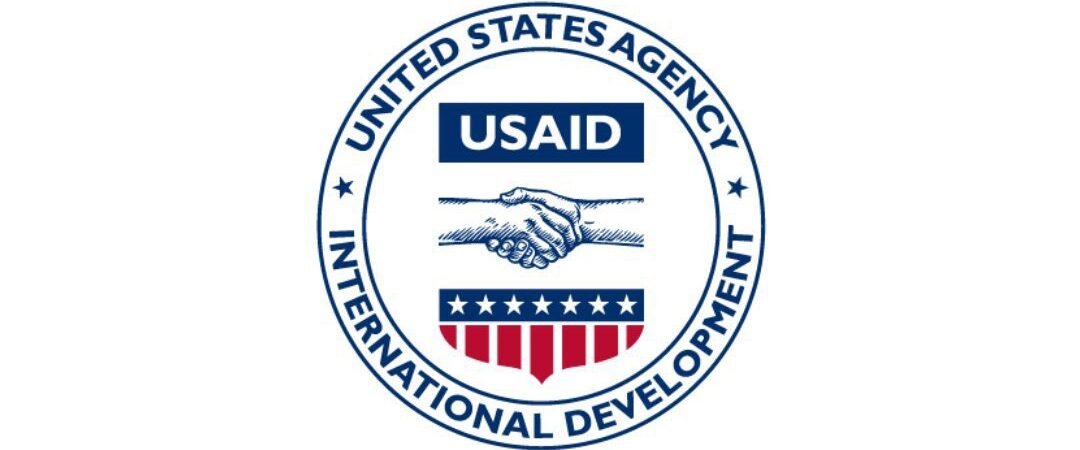USAID, the globe’s largest government-operated foreign aid organization, was abolished on July 1, 2025. It was consolidated into the U.S. State Department under a sweeping order endorsed by the Trump administration and spearheaded by Secretary of State Marco Rubio. Supporters termed it an efficiency overhaul; critics foresaw cataclysmic consequences. A July 2025 Lancet analysis projected that the cuts could result in up to 14 million unnecessary deaths by 2030, which stunned global health and humanitarian circles.
It is not just about an administrative reshuffling. It is a signal of the end of an era of American global leadership in humanitarian aid and exposing some underlying tensions between fiscal discipline, national security and America’s role abroad.
Founded in 1961 during the Kennedy era, USAID was charged with “partnering to end extreme poverty and promote resilient, democratic societies.” Over the decades, USAID had matured as the operational backbone of American humanitarian diplomacy. From providing food relief during famines to dispensing bed nets against malaria in the sub-Saharan region and reproductive health in Asia, its footprint was gigantic.
A 2024 BBC report had estimated USAID programs to have saved over 90 million lives in the past 20 years alone. For a budget of $40 billion per year, its value in saving children, enhancing maternal health, and preventing infectious diseases was unmatched. Even critics were forced to acknowledge its value in lives saved per dollar spent.
The formal rationale issued by Secretary Rubio and the White House of President Trump focused on “streamlining operations” and “eliminating redundancy.” The proposal consolidated USAID’s functions into the State Department’s Bureau of Global Affairs. Rubio argued that attempts at development should advance “America First” strategic imperatives more directly and efficiently.
But under the rhetoric lay another motive. The move coincided with Elon Musk’s controversial “DOGE Initiative,” a distributed relief experiment encouraging cryptocurrency-based philanthropy. Critics alleged that this was as much about breaking down old state structures as it was about building new private tech-solutionary approaches approaches that had little established track record to speak of in high-risk humanitian settings.
By the summer of 2025, over 11,000 USAID staff had been reassigned, let go, or suspended. Top programs HIV/AIDS prevention in southern Africa, clean water access in Yemen and emergency food aid in Sudan were closed or defunded in short order. Some U.S. embassies reported local rebellions in the areas where USAID programs had previously sustained the populations.
Even the most chilling warning may have been the Lancet’s July 2025 special issue: the report, led by a team of public health experts, suggested that cutting U.S. global health programs could result in 14 million additional deaths by 2030 predominantly due to collapsed vaccination programs, broken HIV drug supply chains, and dismantled maternal care systems in vulnerable regions.
That forecast is not speculative. In South Sudan, for example, a mid-2025 investigation by Washington Post detailed how the sudden cutoff of USAID nutrition aid intensified famine conditions, pushing child malnutrition levels above emergency thresholds.
More concerning is that politicization of the shutdown of the aid could occur. The same Post scandal story reported that USAID was shut down under pressure to divert intelligence gathering efforts away from traditional diplomacy and into more covert surveillance partnerships such as with Israel’s cyber-spy unit, Unit 8200.
Declassified documents released ahead of time in 2025 revealed how, during earlier missions, USAID sometimes had been utilized to mask CIA operations, including in 1953’s Iran coup and in more recent cases in Cuba and Venezuela. While such dual-use purposes had long been suspected, verification has fueled popular suspicion, especially among countries that had suspected U.S. aid of ulterior motives.
The bigger question, though, is: what happens to American influence when its humanitarian limb is amputated?
Since World War II, U.S. foreign aid has been a pillar of soft power. Where the military intimidated, USAID won hearts and minds delivering vaccines, books, and water pumps instead of bullets. Without this instrument, there is a gap to be taken up by China, Russia, and even non state actors.
China has already committed a $10 billion upgrade to its Belt and Road-related Global Development Initiative, attempting to “fill the void” left by the U.S. At the same time, aid-dependent nations face grim prospects, with some in Africa and Southeast Asia already approaching the EU and Gulf states for emergency assistance.
Is it possible for the U.S. to cut costs on foreign aid? Yes. But the moral and strategic cost could be much higher.
Elon Musk’s crypto remedies and Marco Rubio’s politics of pragmatism will appeal to voters weary of “profligate foreign spending,” but in terms of human cost tens of millions of lives saved the record is grim.
The shutdown of USAID will not just be recalled as a policy decision, but as a turning point in the world. One in which the United States, a former world leader in its humanity, turned inward and let the world fend for itself.
The Fall of USAID: What the July 2025 Shutdown Means for Global Health, Geopolitics and American Influence.



